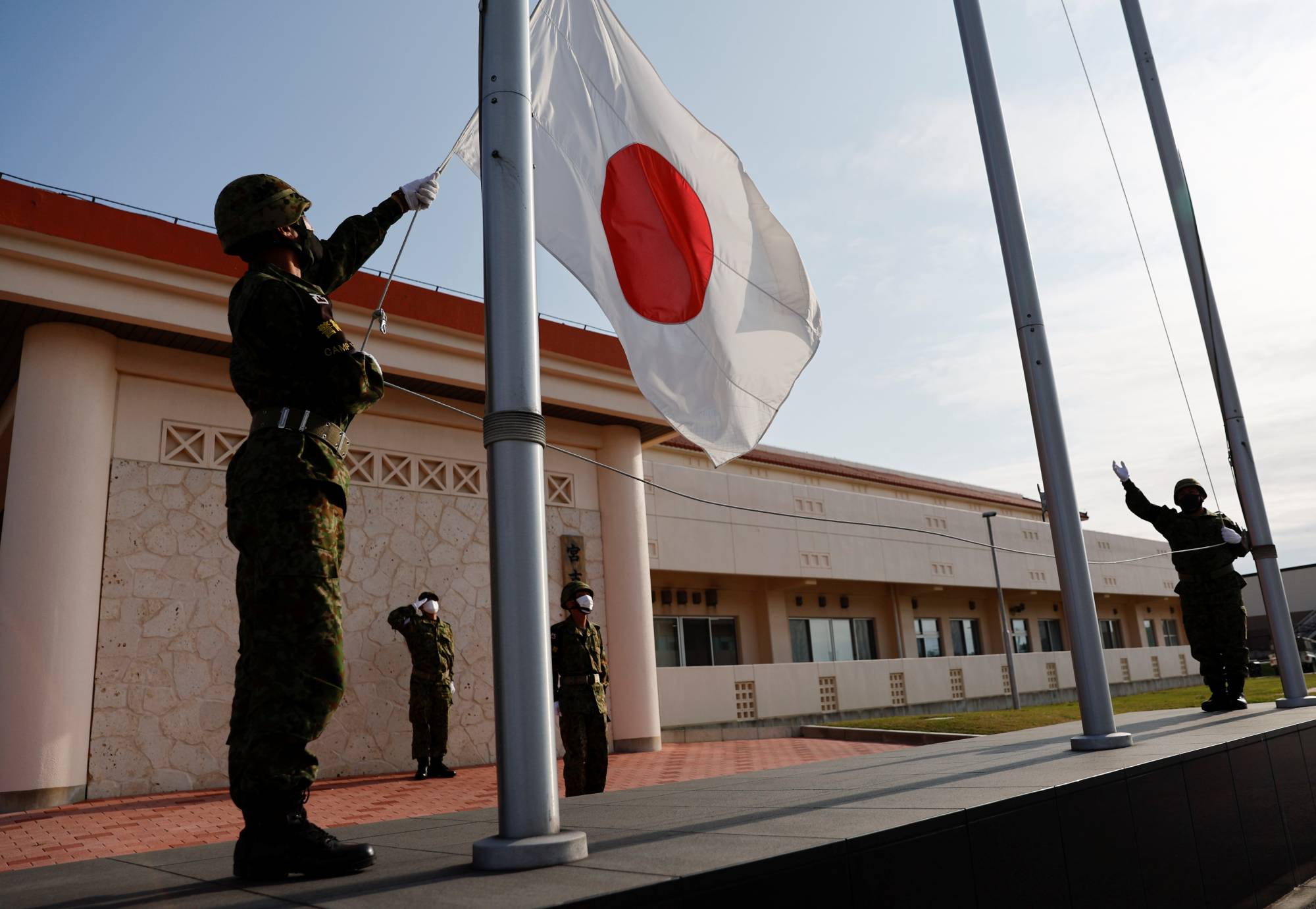When former Prime Minister Shinzo Abe declared that “Japan is back” during a policy speech at a Washington think tank in 2013, he spoke of his determination for the nation to be a guardian of peace and prosperity in the Asia Pacific.
Over the last decade or so, Japan — much of it under the Abe administration — has transformed itself back into a major geopolitical player. It did so by fortifying its security alliance with the United States; granting the Self-Defense Forces under the 2015 Security Legislation the ability to act in “collective defense” to assist allies; leading the initiative for "the Quad" framework of democracies and introducing the "Free and Open Indo-Pacific" concept.
Even though Japan has come a long way, it still faces many constraints in what it can do in matters of global security. The SDF is still under strict limitations when it comes to the use of force. Simulated “war games” have also shown that during contingencies, Japanese officials still must negotiate through a Byzantine legal maze and bureaucracy before they can give the go-ahead to engage in battle in so-called gray-zone situations. In addition, officials in Tokyo continue to wrangle about the necessity to increase defense spending to 2% of gross domestic product.



